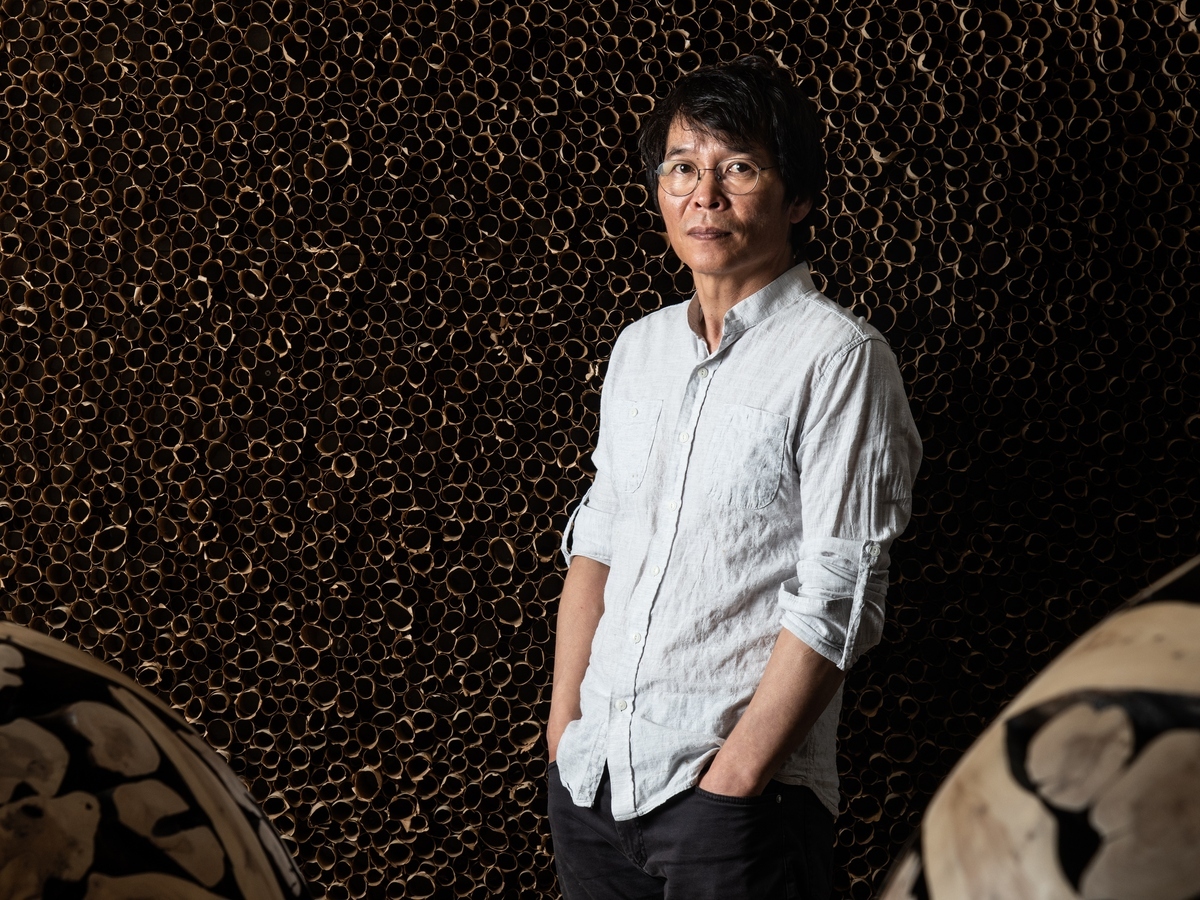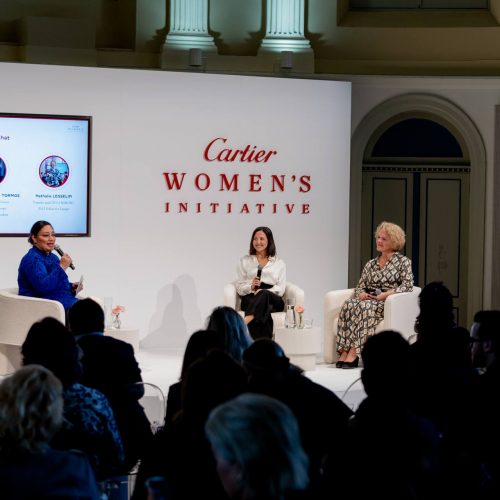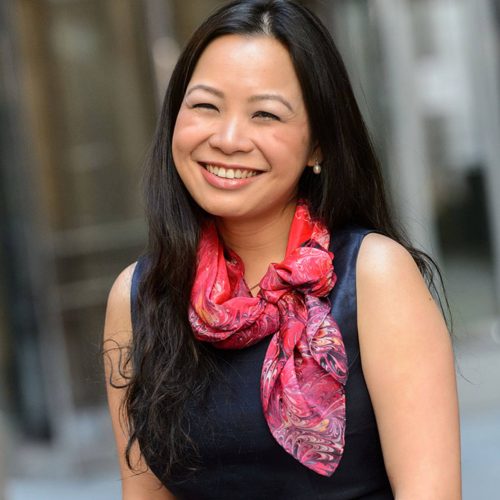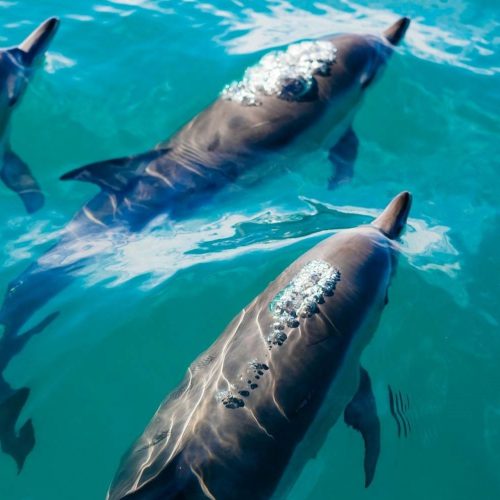An Artist To Be Felt And Remembered| Interview with Jaehyo Lee
Blending functionality and aesthetics, sculptor and furniture designer Jaehyo Lee presents an authentic approach to arts. We had a talk with him about his artwork, experiences, and sustainability.
To receive the Luxiders Newsletter, sign up here.
Contemporary sculptor and furniture designer Jaehyo Lee’s art can be associated with these three words: Natural, functional, and beautiful by itself. As a Korean artist who reflects the sense of belonging to a community in his art, Lee’s art is a genius fusion of productivity and aesthetics. The artist is known to interpret functionality in norm-breaking means, and this is only one of the quite unique characteristics of Lee. He states, “Artworks are to be felt, not to be remembered.” – Lee, however, is both an artist to be felt and to be remembered. Luxiders Magazine had a conversation with the progressive artist, who is currently based in Seoul on his vision, artworks, experiences as an artist, and sustainable art.
(L) Luxiders Magazine
(JL) Jaehyo Lee
L: Your furniture design reflects an idiosyncratic interpretation of functionality. How would you define ‘functionality’ and how do you envision reaching it through your design process?
JL: As for me, I don’t care if my artworks are used as a chair or a table. I just hope it is recognized as an artwork even if it is used as such. I think art should permeate our lives.
L: Wood and metal emerge as the core elements of your sculpture. How did you decide on these materials and what do they represent in your art?
JL: I don’t like artificial materials. Sometimes I use steel or nails as a medium but I still prefer natural materials such as stones, wood, and leaves. That’s because I was born and raised in the countryside when I was young and the sensibility from my childhood attracts me to the kind of medium.
L: As a Korean artist who also lived in Korea, do you think that your culture feeds your art, and if yes, how?
JL: We Koreans have a tendency to call himself or herself “we” rather than “I”. We like to belong to a group or being together with others. These characteristics of Korean people influenced me as well. There are some works that have repetitions of the same patterns or something similar.
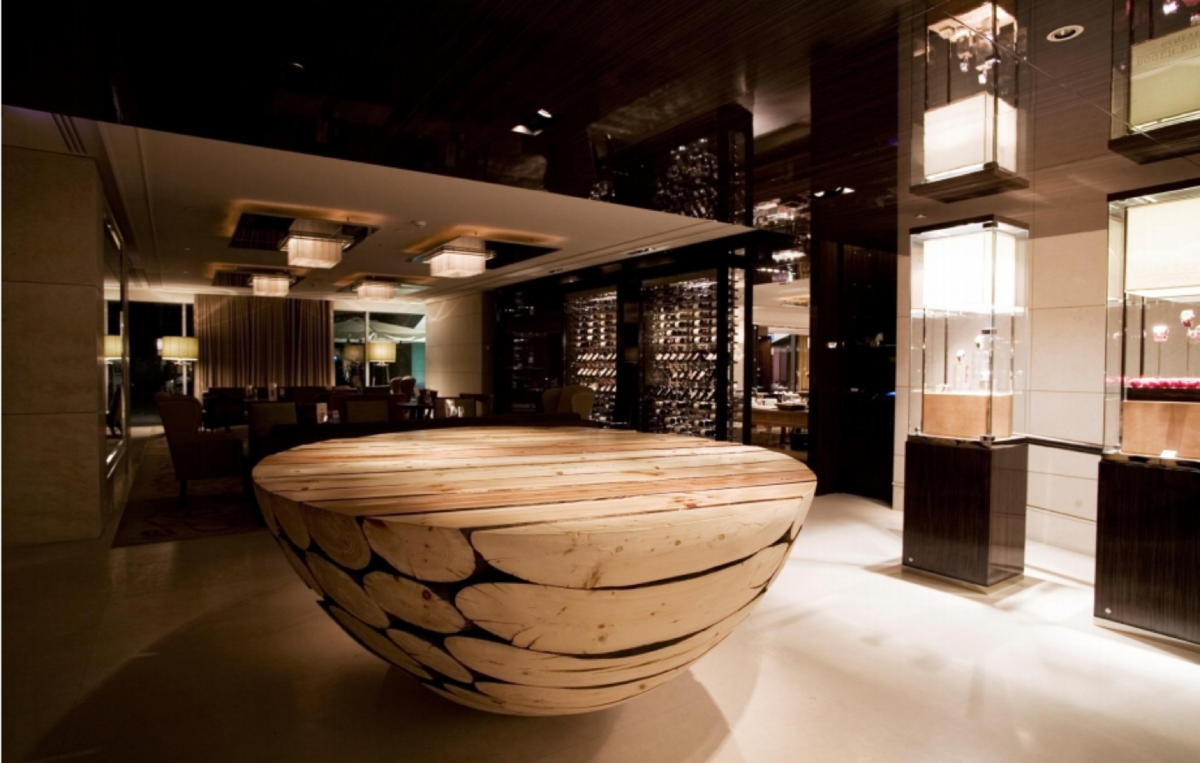
Intercontinental Hotel - Geneva, Switzerland. 0121-1110=105022, Wood (big cone pine), 2005.
L: I see that your furniture and sculpture designs sometimes question the norms of functionality, such as “Can you sit on a sculpture?” and “Can you eat off one?”. You also push viewers to reconsider their relationship with the everyday world. Therefore, your style can be called an examination of the missions, in this sense. How did your personal style develop into this path and do you have any certain inspirations when creating that?
JL: Just as furniture made by a famous designer is strong, my works are strong and functional as well. Or sometimes even more so. Art no longer has to be hung and barricaded on the wall. Won’t it be more natural to sit on my artwork and talk about it?
People who visited my studio often told me, “Wow, anything can be the medium of an artwork”. For me, I do not look for a medium to make an artwork, but I think about what to make when I see a certain medium. I just try to find the most appropriate shape of the matter.

MGM Hotel - Detroit, USA. 0121-1110=107077, Wood (chestnut), 2007.
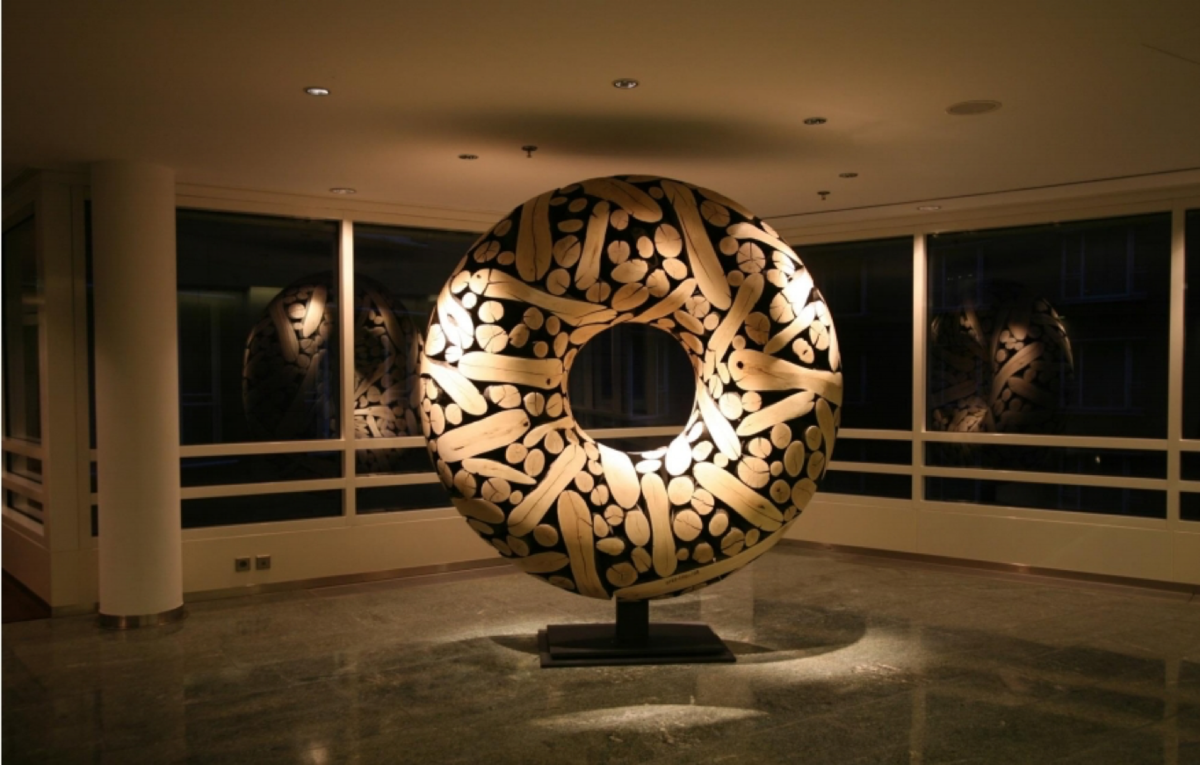
Park Hyatt Berlin Hotel, Germany. 0121-1110=1, Wood (chestnut), 2008.
L: Do sustainability concepts have a place in your art, and can you please tell us about that?
JL: My works can last perpetually if they are kept indoors whereas outdoor works can’t. They can fade due to the elements. It is like we have grey hair as we get old. I think it is still beautiful and can last forever in that color and form. However, the concept of sustainability depends on the one who interprets the meaning. The thought of an artwork owner counts.
L: Do you have any message in your art that you want to deliver to the viewers?
JL: Artworks are to be felt, not to be remembered. Therefore, I want viewers to have enough time to take in artworks and converse with them in heart looking at them in person.
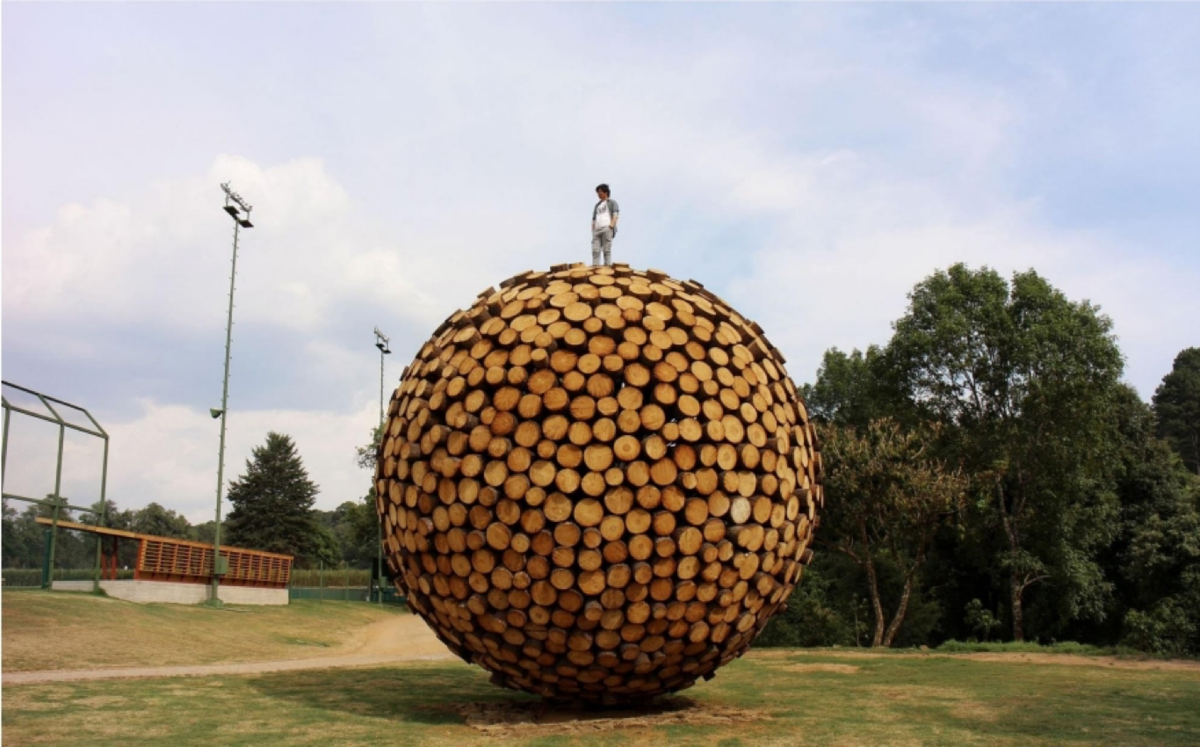
Private Collection, Mexico. 0121-1110=114047, Wood (big cone pine), 2014.
L: Personally, what is the hardest part of being in the art for you, and do you think there is something as beautiful as it to balance it as an artist?
JL: The hardest part is that I am struggling alone to create art. However, it offsets when I have a good time with good people.
L: What would you recommend for the upcoming sculptures and artists of the next generation?
JL: About a decade ago, I had a lot to say to them but now I don’t. I am afraid about how this world will change in the future. Will such words like art, artworks, and sculpture be as important in the future? I question that.

